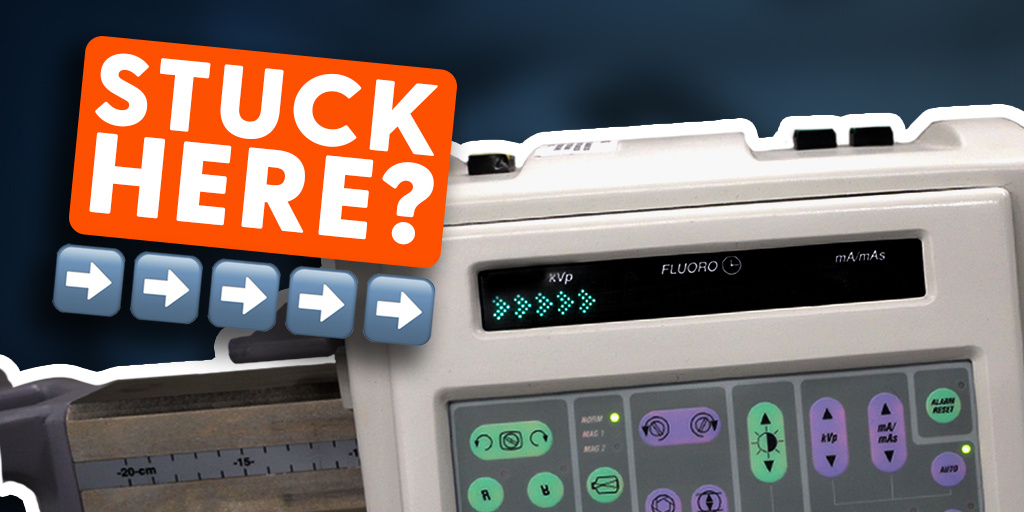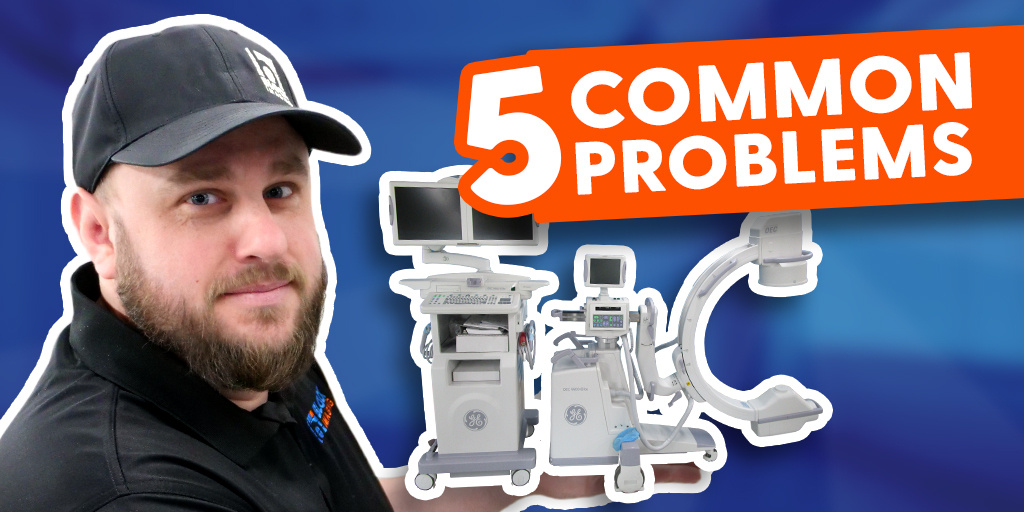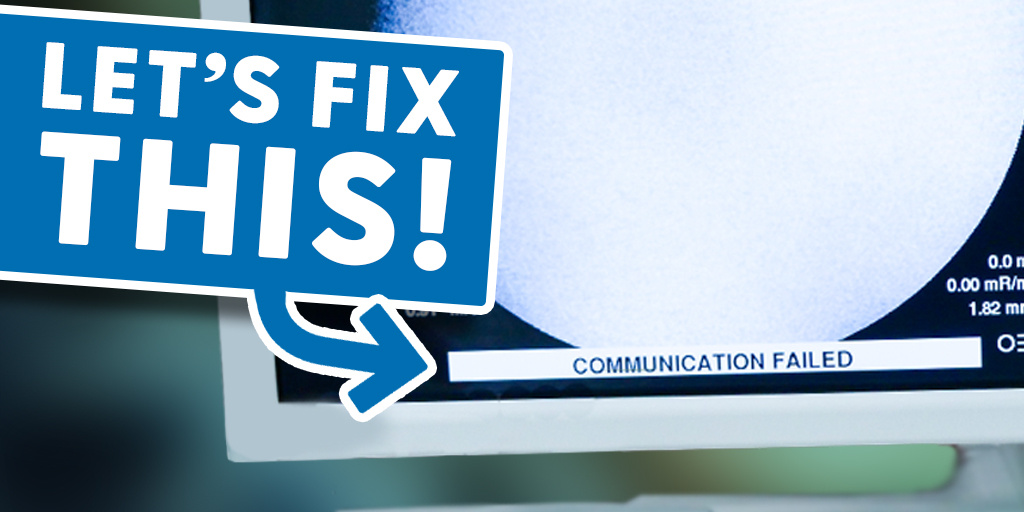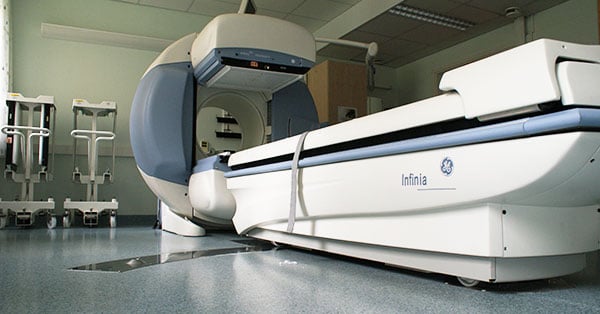
Preparing your facility to receive any new piece of medical imaging equipment can be a process with a lot of moving parts. Preparing for a nuclear camera is no exception.
Here at Block Imaging, our Project Management Team has worked alongside dozens of sites to see their buildings prepped and their nuclear cameras installed. For those of you who are just beginning a nuclear camera project, we've compiled a list of recommendations that will help make your preparations quicker and more thorough. Take a look and see what you can do to be ready for your delivery day.
How to Prep a Site for a Nuclear Camera
The steps below assume that your nuclear camera vendor offers project management services. We recommend working with a vendor who does. The process of preparing your site and installing your camera is complex and it pays to have an experienced point of contact to make the process as smooth as possible.
Construction/ Pre-Installation
- Contact your state radiation authority to obtain your radioactive materials license and learn local requirements for facilities and handling.
- Tell your project manager (PM) which studies you plan to perform and which radiation sources you plan to use. They’ll provide you with a schedule of which sources you’ll need and what time they will need to be calibrated for.
- Double-check the collimators that will come with your system to make sure they match the sources you plan to use.
- Send drawings of your existing space to your PM.
- Your PM will propose a layout for your new camera. Confer with them to make changes until you are satisfied with the layout.
- Distribute the final plan to any contractors involved in preparing your camera space. This will allow them to plan accordingly before construction begins.
- Arrange a site visit from your installing engineer to ensure that the space is coming together as your new camera will require.
- Direct any questions to your PM as soon as they arise. Waiting can cause construction delays.
During Installation
- Depending on the model you've purchased, installation will take about a week, provided the engineering team can work after hours or on weekends, which they will likely request.
- Your PM will provide the date and time for delivery of the system. The engineering team will meet the truck at the time of delivery.
- Make sure a hot lab is in place to store the radioactive materials you’ll need during calibration.
- Have LAN connections installed in advance and your PACS administrator available to answer question about details identified on the network information data sheet.
- If you intend to conduct applications training, arrange for additional sources to be used during those sessions.
After Installation
- Once the engineers are done and the system is installed, they will provide a basic system demonstration of use. While this is not applications training, it will provide a basic overview on how to use the system. Click here to read about the difference.
- If you do arrange applications training, provide your PM with the contact information of the applications trainer to coordinate the start date and limit the downtime between installation and the beginning of applications training.
- Some states require a physicist to inspect the equipment after installation. Check with your local radiation authority and/or your local physicist to arrange this.
- Lastly, your Nuclear Camera will need regular maintenance. Ensure that you have a service contract in place or, at the minimum, know who to call when maintenance or repair is required.
- If you have purchased your equipment with a Block Imaging service contract, your PM will connect you to the service team and our 24-hour service number.
The Most Important Tip Ever
Following through on all of the steps above will help the delivery, installation, and training processes for your nuclear camera, but there is one tip that is more important than all of them: communicate!
Projects like these involve a number of people and lots of equipment. There is room for unforeseeable circumstances in even the most carefully-planned scenarios. Keeping in close communication with your PM, your staff, and any contractors involved will help you stay on top of issues as they begin to emerge, not after they've already delayed you.
If you're looking for help with your upcoming nuclear camera project, contact us. We'd love to talk about how we can make things quicker and more efficient for you.
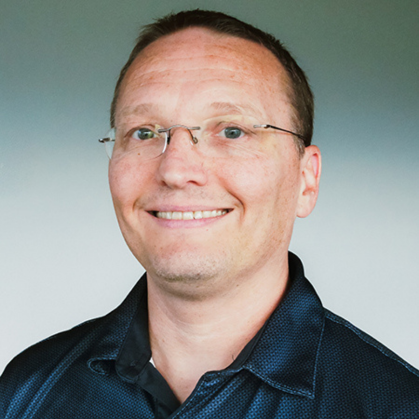
Danny Fisher
Danny Fisher is a Project Manager at Block Imaging. His goal is to understand the unique needs of each project and deliver a detail-oriented execution. When he's not in the office, Danny enjoys spending time with his wife, catching up on the latest movies/TV, and staying in the know on the latest tech gadgets. He also loves finding great deals and inexpensive ways to travel the world

